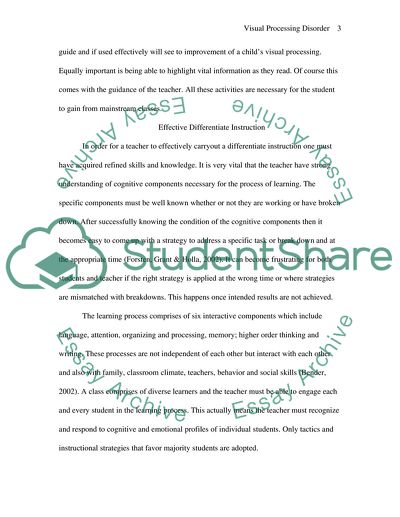Cite this document
(“Inclusion of Students with Visual Processing Disorder Research Paper”, n.d.)
Inclusion of Students with Visual Processing Disorder Research Paper. Retrieved from https://studentshare.org/education/1746711-inclusion-of-students-with-a-visual-processing-disorder
Inclusion of Students with Visual Processing Disorder Research Paper. Retrieved from https://studentshare.org/education/1746711-inclusion-of-students-with-a-visual-processing-disorder
(Inclusion of Students With Visual Processing Disorder Research Paper)
Inclusion of Students With Visual Processing Disorder Research Paper. https://studentshare.org/education/1746711-inclusion-of-students-with-a-visual-processing-disorder.
Inclusion of Students With Visual Processing Disorder Research Paper. https://studentshare.org/education/1746711-inclusion-of-students-with-a-visual-processing-disorder.
“Inclusion of Students With Visual Processing Disorder Research Paper”, n.d. https://studentshare.org/education/1746711-inclusion-of-students-with-a-visual-processing-disorder.


